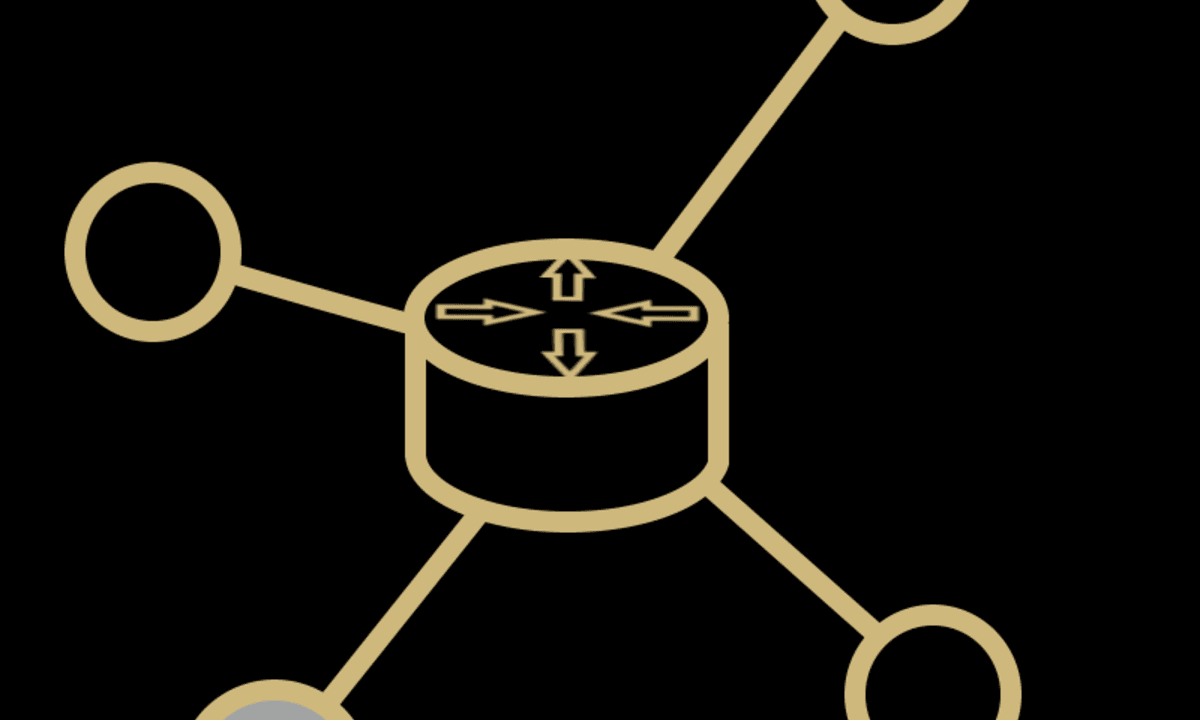GRATIS
Acerca de este curso
Intro to Automation
Welcome to IT Automation: It's not that scary! In the first week of this course, we will cover the basics of what "automation" is and why it's beneficial to IT Support Specialists. We will also learn about a scripting language called Ruby. If you've never programmed or written any code before, don't worry! This module will introduce you to everything you need to know to get started. By the end of this module, you will have written several Ruby scripts and gain a better understanding about how programming works in general.
System Programming
In the second week of this course, we'll learn about system programming. We will explore ways that IT Support Specialists might use programming skills to create automation to save time and cut down on mistakes. We'll start by looking at how we can organize code, how to read and write files, use subprocesses and input streams, and learn about code libraries and how they're packaged. By the end of this module, you will write a Ruby script to discover all the hosts on a local network.
Regex and Text Processing
In the third week of this course, we'll learn about regular expressions and text processing. As an IT Support Specialist, you may find yourself needing to process raw data and text that's not easy to read. We're going to learn how to parse out this text using Ruby so it's easy to read and understand. We'll also take a look at how to process log files so we can identify issues and troubleshoot them. By the end of this module, you'll know how to use regular expressions and string indexing in log files to troubleshoot real-world problems.
Version Control and Testing
In the fourth week of this course, we'll learn about version control systems (VCS) and system testing. We'll explore why VCS are helpful for maintaining source code across programs and scripts. We'll learn how to use a popular type of VCS called Git and why remote repositories can help people develop a project collaboratively. By the end of this module, you'll understand the basic Git workflow, how to commit and "rollback" code, and even learn some advanced Git features (if you're interested). Using a VCS like Git is an awesome skill to have as an IT Support Specialist and will help set you apart from the crowd.
Configuration and Automation at Scale
In the fifth week of this course, we'll explore configuration management and automation at scale. We'll explore why companies desire "scalability" and how IT Support Specialists can scale the IT infrastructure. We'll work with a configuration management system called Chef to configure automation processes. By the end of this module, you will work with Chef to manage and test system configurations at scale.
Monitoring
In the sixth week of the course, we'll learn about system monitoring. Monitoring helps IT Support Specialists analyzes the IT infrastructure so you can identify any problems or risks in the system. We'll learn how to use one monitoring system called Prometheus and use metric visualizations to help us troubleshoot and send alerts. By the end of this module, you will set up a monitoring and alerting system, which you will need to use for your final project of the course.
Cumulative Project
Congratulations, you've made it to the final week in the course! The last week of this course is dedicated to the final project. For the final project, you will set up your very own monitoring system for a web server by using Prometheus. You'll troubleshoot a real-world problem by applying the concepts of automation, configuration and monitoring. By the end of this project, you will demonstrate how to detect problems and understand the benefits of automatic testing. Good luck!
Welcome to IT Automation: It's not that scary! In the first week of this course, we will cover the basics of what "automation" is and why it's beneficial to IT Support Specialists. We will also learn about a scripting language called Ruby. If you've never programmed or written any code before, don't worry! This module will introduce you to everything you need to know to get started. By the end of this module, you will have written several Ruby scripts and gain a better understanding about how programming works in general.
System Programming
In the second week of this course, we'll learn about system programming. We will explore ways that IT Support Specialists might use programming skills to create automation to save time and cut down on mistakes. We'll start by looking at how we can organize code, how to read and write files, use subprocesses and input streams, and learn about code libraries and how they're packaged. By the end of this module, you will write a Ruby script to discover all the hosts on a local network.
Regex and Text Processing
In the third week of this course, we'll learn about regular expressions and text processing. As an IT Support Specialist, you may find yourself needing to process raw data and text that's not easy to read. We're going to learn how to parse out this text using Ruby so it's easy to read and understand. We'll also take a look at how to process log files so we can identify issues and troubleshoot them. By the end of this module, you'll know how to use regular expressions and string indexing in log files to troubleshoot real-world problems.
Version Control and Testing
In the fourth week of this course, we'll learn about version control systems (VCS) and system testing. We'll explore why VCS are helpful for maintaining source code across programs and scripts. We'll learn how to use a popular type of VCS called Git and why remote repositories can help people develop a project collaboratively. By the end of this module, you'll understand the basic Git workflow, how to commit and "rollback" code, and even learn some advanced Git features (if you're interested). Using a VCS like Git is an awesome skill to have as an IT Support Specialist and will help set you apart from the crowd.
Configuration and Automation at Scale
In the fifth week of this course, we'll explore configuration management and automation at scale. We'll explore why companies desire "scalability" and how IT Support Specialists can scale the IT infrastructure. We'll work with a configuration management system called Chef to configure automation processes. By the end of this module, you will work with Chef to manage and test system configurations at scale.
Monitoring
In the sixth week of the course, we'll learn about system monitoring. Monitoring helps IT Support Specialists analyzes the IT infrastructure so you can identify any problems or risks in the system. We'll learn how to use one monitoring system called Prometheus and use metric visualizations to help us troubleshoot and send alerts. By the end of this module, you will set up a monitoring and alerting system, which you will need to use for your final project of the course.
Cumulative Project
Congratulations, you've made it to the final week in the course! The last week of this course is dedicated to the final project. For the final project, you will set up your very own monitoring system for a web server by using Prometheus. You'll troubleshoot a real-world problem by applying the concepts of automation, configuration and monitoring. By the end of this project, you will demonstrate how to detect problems and understand the benefits of automatic testing. Good luck!
Cursos relacionados

GRATIS Aprendiendo a aprender: Poderosas herramientas mentales…
Deep teaching solutions
Español

GRATIS Programación para todos (Introducción a Python)
University of Michigan
Inglés

GRATIS The Science of Well-Being
Yale
Inglés

GRATIS Negociación exitosa: Estrategias y habilidades esenciales
University of Michigan
Inglés

GRATIS Primeros Auxilios Psicológicos (PAP)
Universitat Autónoma de Barcelona
Español


